



Draft rules ready to make microdots must in vehicles
Draft rules ready to make microdots must in vehicles
News Important for: GS Paper - 3 I Automobile Sectors
Context
The central government has issued a draft guideline to make microdots obligatory in automobiles.
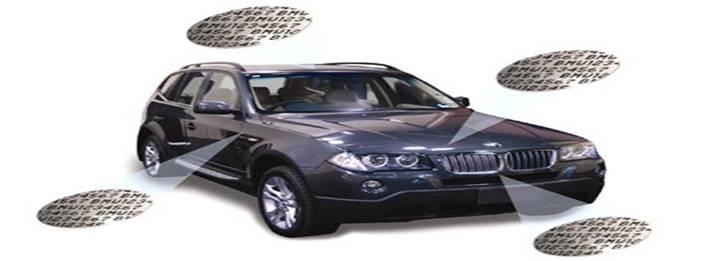
Analysis
â— The road transport ministry last week came out with the drafts rules enabling manufacturers to go for the new technology.
â— Automobile manufacturers will soon have the option to etch Microdots on any vehicle or component for tracing them.
â— Microdots on vehicle has been used extensively in countries such as the US and South Africa to track the stolen vehicle.
â— Currently, there is no standard for Microdots and hence it is not being used.
â— In 2017-18, nearly 2.5 crore vehicles were sold in India and till now there are over 22 crore vehicles registered with the state transport departments.
â— The Microdot manufacturers in India will have to use at least 10 alpha-numeric characters and the adhesive and the coating material.
Working of Microdots
â— The technology involves spraying thousands of small dots laser-etched with a PIN or VIN throughout the body, and it’s almost impossible to remove these dots.
â— The microdots and adhesive become a permanent fixture/ affixation which can’t be removed without damaging the asset itself.
â— The microdots shall comply with AIS 155 requirements.
â— Microdots are nano-size (0.5 mm) metal particles that will carry information including the personal identification number (PIN) or the vehicle identification number (VIN) so that these can be traced.
â— These can only be detected using ultraviolet light.
Advantages of Microdots
â— It will open the door for technology players to enter the market.
â— Prevents cloning and re-birthing, securing the identity of the vehicle.
â— Cannot be deactivated, removed or disabled.
Global Practice
â— South Africa has South Africa has made it a legal requirement to have microdot fitted to all new vehicles and all vehicles require police clearance.
Source:
Indian Express
Army’s first Integrated Battle Groups to be structured by end of next month
News Important for: GS Paper - 3 I Defence Forces and Security
Context
Army is about to implement the formation of Integrated Battle Groups concept soon.
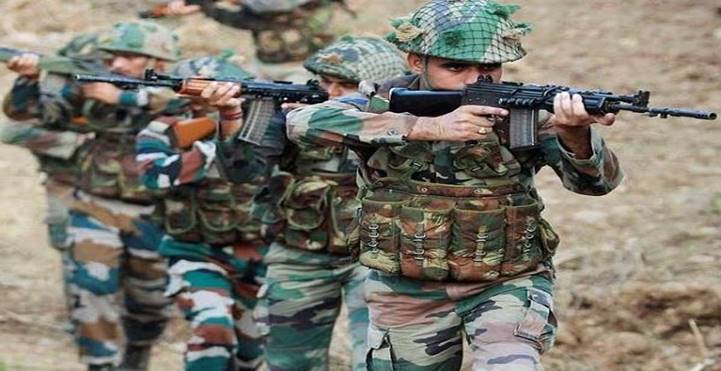
What is integrated battle group?
â— IBGs are brigade-sized, agile, self-sufficient combat formations, which can swiftly launch strikes against adversary in case of hostilities.
â— The concept of IBGs has already been test-bedded by 9 Corps.
Regulation of IAG
â— Each IBG would be tailor-made based on Threat, Terrain and Task.
â— Resources will be allotted based on the three Ts.
â— They will be able to mobilise within 12-48 hrs based on the location.
â— A command is the largest static formation of the Army spread across a defined geography, a corps is the largest mobile formation.
â— Typically each corps has about three brigades.
â— IBGs are brigade-sized units but have all the essential elements like infantry, armoured, artillery and air defence embedded together based on the three Ts.
â— An IBG operating in a desert needs to be constituted differently from an IBG operating in the mountains.
â— The key corps of the Army is likely to be reorganised into 1-3.

Types of IBGs
â— The IBGs will be defensive and offensive.
â— While the offensive IBGs would quickly mobilise and make thrust into enemy territory for strikes,
â— Defensive IBGs would hold ground at vulnerable points or where enemy action is expected.
â— The composition of the IBGs would also depend on this.
â— Other historical steps taken:
â— After the terrorist attack on the Parliament, the Indian military undertook massive mobilisation.
â— The Army’s formations which were deep inside took weeks to mobilise
â— Following this, the Army formulated a proactive doctrine known as ‘Cold Start’ to launch swift offensive but its existence was consistently denied in the past.
â— Its existence was acknowledged for the first time in 2017.
Other major changes in Army
â— Restructuring of Army Headquarters.
â— Force restructuring which includes creation of Integrated Battle Groups (IBG).
â— The cadre review of officers.
â— Review of the terms and conditions of Junior Commissioned Officers and Other Ranks.
â— Reduction in the size of the 1.3 million Army by 4-5 lakes.
Conclusion
â— The aim is holistic integration to enhance the operational and functional efficiency, optimise budget expenditure, facilitate force modernisation and address aspirations.
Source link:
Rural ministry to focus on 3-5 lakh women SHGs to scale up enterprises
News Important for: GS Paper - 1 I Society.
Context: The government is set to convert women self help groups from “nano enterprises into micro enterprises”
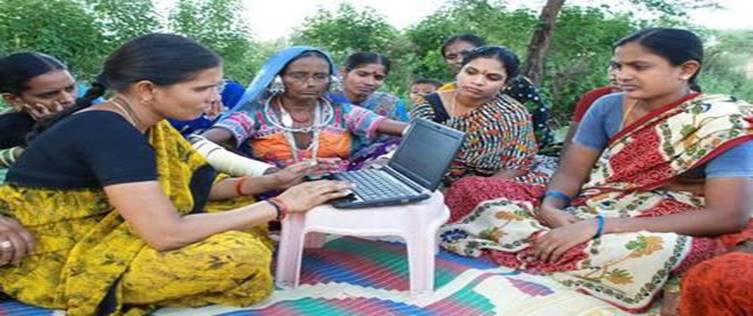
Analysis
â— Under the Aajeevika-National Rural Livelihood Mission (NRLM), these SHGs groups will now be formalised so that they can avail higher loans and scale up their enterprise.
â— Since 2011-12 under NRLM, SHGs have been entitled to get up to Rs 10 lakh as loan without collateral over a period of six to eight years.
â— According to ministry officials, a stock-taking exercise of the total 52 lakh women SHGs, covering six crore women in the country, was carried out to find out how many have used at least Rs 7 lakh so far.
Concerns with the self help groups
â— Initial loans taken by women SHGs are mostly used to retire their debts, for consumption, or children’s education. Once these are taken care of, they then move on to economic activity.
â— Many of the SHGs have gotten into higher order activities, but their credit linkage is for very basic level activities.
â— They are, at the most, able to come and display their products at national level exhibitions, but beyond that to scale it up, they needed better credit.
â— Government target:
â— The target for the first 100 days of the government is to bring more NRLM nano enterprises of women SHGs into micro and small enterprises through higher-order bank linkages, bank loans, and registration on government e-market portals, and similar e-commerce portals such as Amazon.
â— Helping women to get an MSME registration, a GST registration and an income tax registration. If they have these three, they qualify for the 59-minute bank loan sanction scheme.
â— Some such enterprises include vermicomposting, setting up a marketplace for farm produce, small shops, running smaller vehicles for public transportation, custom hiring centres for farm implements, or retail.
Current status of loan sanction to SHGs
â— As per MoRD data, the Rs 2.8 lakh crore leveraged from the banking system to SHGs till date, and non-performing assets (NPAs), which was 7 per cent in 2013-14, has come down greatly to 2.2 per cent in 2018-19.
â— According to a study conducted by the Institute of Rural Management Anand (IRMA), the number of enterprises per village went up by 79 percent, per capita monthly income by 22 percent, and per capita productive livestock assets went up by 80 per cent in the NRLM areas as compared to other areas.
â— The Union Budget 2018-19 has substantially increased funding to NRLM by 60 per cent, and offers Rs 1 lakh MUDRA loan to one woman in each of the SHGs with a view to make them more self-reliant and increase their incomes.
Source link:
RCEP and trade conflict
News Important for: GS Paper - 2 I International Relation, Trade
Context
Australia asked the Indian government to convince industries about the benefits of tariff relaxation in Regional Comprehensive Economic Partnership(RCEP).
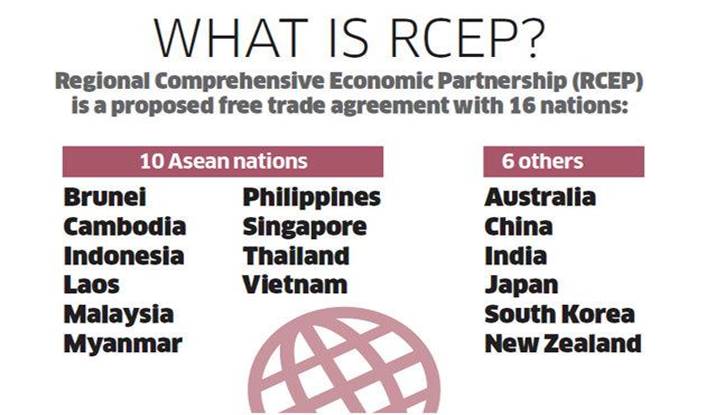
Analysis
â— Australia high commissioner has asked India to negotiate with the industries about the benefits of tariff relaxation in the 16 member RCEP free trade agreement.
â— Industries have strongly retaliated about the demand and have asked to secure domestic
Regional Comprehensive Economic Partnership (RCEP)
â— RCEP is a proposed regional economic integration agreement among the 10 ASEAN countries and its six free-trade agreement partners—Australia, New Zealand, Japan, China, South Korea and India.
â— Once implemented, it would result in one of the largest free trade bloc accounting for 45% of the world's population, and a combined GDP of about $21.3 trillion and 40% of the world trade.
The four major challenges before India in RCEP
â— Tariff barriers which have been a matter of discontent in bilateral FTAs, particularly in the case of ASEAN-India FTA will be central to the Regional Comprehensive Economic Partnership negotiations.
â— Non-trade issues such as environment and labour are likely to be a cause of concern. Some of the countries are stressing on stricter labour and environmental protection steps which India feels go far beyond the World Trade Organisation’s Agreement on Trade-Related Aspects of Intellectual Property Rights (TRIPS)
â— India must take steps to strengthen its medium small and micro enterprises (MSME) sector so as to make it withstand the free flow of trade. Higher investments in R&D and achieving international standards in terms of delivery are needed for this purpose.
â— India must work tirelessly on capacity building of its domestic industries.
â— Also, the negotiations services are not moving on par with that of trade in goods. India wants liberalised service trade so as to leverage its pool of skilled workforce providing them easier movement across the borders.
Source link:
https://www.thehindu.com/news/national/industry-cautious-on-rcep-deal/article28739731.ece
History and the 5G dilemma
News Important for: GS Paper - 3 I Science and technology, Communication
Context
The current 5G issue faced by India is no different from the technological trade fight in history.
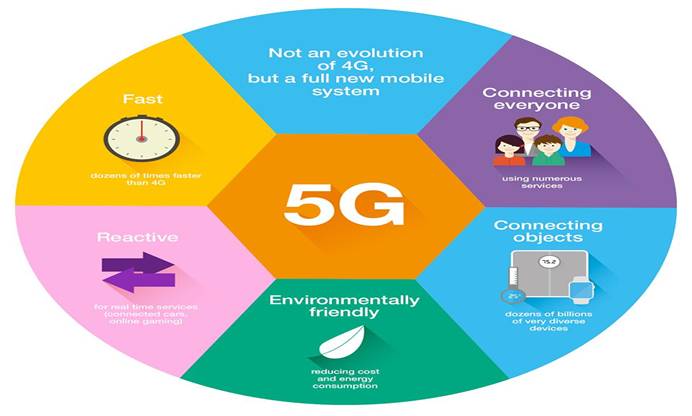
History repeats itself
â— Earlier in 1980s when India wanted to grow in technology and purchase a supercomputer from Japan, U.S. objected on the decision being an old ally and technologically advanced.
â— Thus India had to settle eventually for an American machine that belonged to an older, slower generation of computers.
â— This led to the growth of technological fight between the two nations.
â— Their technological rivalry spawned a trade war between the U.S. and Japan, each trying to outpace the other in penetrating newer markets.
â— It was heightened in 1987 when U.S.blocked the acquisition of Fairchild Semiconductors by Fujitsu Corporation, a Japanese company.
â— Fairchild was responsible for giving “Silicon Valley” its name.
â— Further India brought New Computer Policy (NCP) of 1984 and the Software (Exports) Policy of 1986.
â— It resulted in a steep drop in the price of computers, and heralded a remarkable shift in the government’s attitude towards them.
â— India still needed an assistance to pace up the rapid growing technological industry in the country.
â— Further India signed the Technology Cooperation Agreement (TCA) with the U.S.The TCA further eased regulations on technology exports.
â— Due to lengthy regulations in purchase of Super computer from U.S. India approached Japan.
â— U.S. strongly opposed the move and was also in retaliation of Russia assisting India in its missile program.
â— The agreement was finally made with the U.S. for the sale of a Cray XMP supercomputer a generation older to its latest variant.
â— Further Indians were already dissatisfied with the IBM, an american company performing poorly and selling obsolete machines to the customers.
Current scenario
â— U.S. is again obstructing India in purchasing 5-G technology from Huawei, a Chinese Company.
â— U.S. is again trying to dissuade China’s power in trade as it did for Japan because of U.S.-China technology and trade rivalry.
â— Several U.S. companies are well advanced but cannot compete Huawei in technology.
â— But the U.S. is trying to align India to purchase a technology which is less advanced and progressive.
Conclusion
â— In the current situation India should choose best for itself so that it remains in the technologically advanced world as a competitor. A balanced decision accompanied with soft diplomacy will work for India here.
Source link:
https://www.thehindu.com/opinion/op-ed/history-and-the-5g-dilemma/article28739563.ece

© 2025 iasgyan. All right reserved